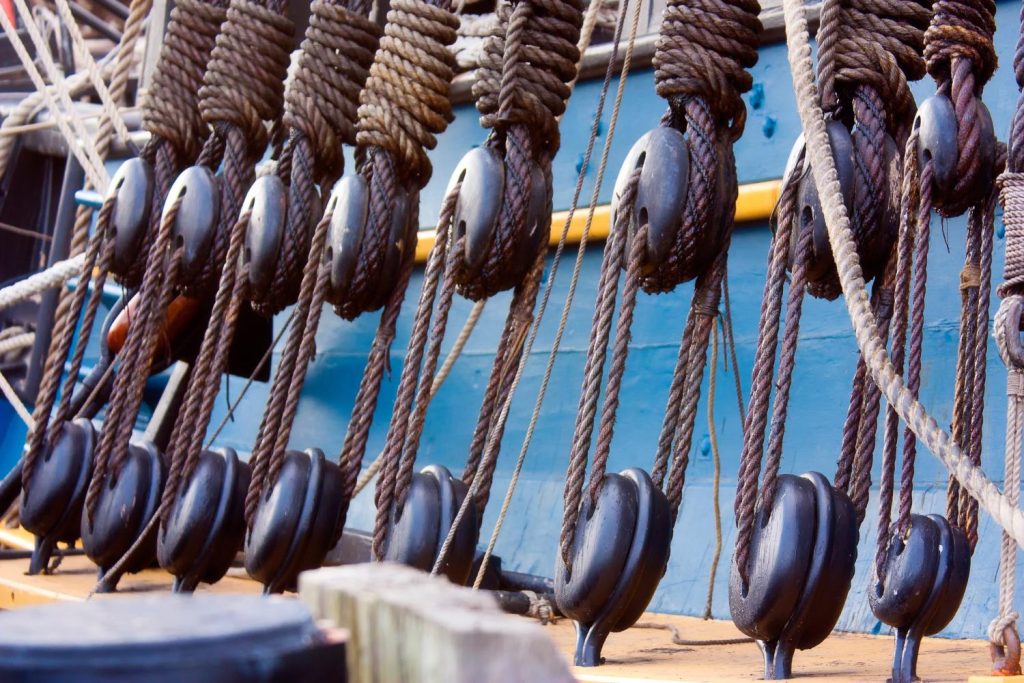In today’s urban landscape, skyscrapers and high-rise structures dominate the skyline, creating an increasing demand for efficient and safe maintenance practices. Industrial rope access systems are emerging as the top choice for high-rise maintenance due to their adaptability, cost-effectiveness, and unmatched safety standards. This innovative method, which relies on specialized rope techniques, is transforming the field of facilities management. From cleaning to inspections and repairs, rope access systems are paving the way for a new era of building maintenance.
Below, we explore why these systems are setting the gold standard and how they’re redefining the future of high-rise upkeep.
1. Cost-Effective and Time-Saving Solutions
Traditional methods for high-rise maintenance, such as scaffolding and cradles, are often labor-intensive and time-consuming, leading to higher costs. Industrial rope access systems eliminate the need for heavy equipment and long setup times. The streamlined approach allows technicians to directly access high or hard-to-reach areas, significantly reducing downtime. Companies utilizing rope access building maintenance often report faster project completion and reduced labor expenses, making it a practical choice in today’s cost-conscious economy.
2. An Unparalleled Safety Record
When it comes to working at heights, safety is non-negotiable. Industrial rope access has one of the world’s best safety records, boasting fewer accidents than traditional methods. Every rope access technician undergoes rigorous training and certification processes, adhering to strict safety protocols. Furthermore, the system’s redundancy—using multiple ropes and backup systems—adds an extra layer of protection, ensuring every worker remains secure throughout the job.
3. Versatility for All Types of Maintenance
From window cleaning to façade repairs and even intricate inspection work, rope access building maintenance proves versatile across a wide range of applications. Whether on a glass-clad skyscraper or a historic monument, technicians can adapt the approach to the unique challenges of any structure. The ability to seamlessly operate in confined or complex spaces makes rope access an unbeatable solution for modern-day maintenance needs.
4. Environmentally Friendly Maintenance
Unlike scaffolding and heavy machinery, which require significant material resources and energy, industrial rope access is a far greener option. Its lightweight system minimizes waste, reduces transportation needs, and significantly lowers the carbon footprint of maintenance projects. For businesses aiming to operate sustainably, opting for this approach is an environmentally conscious decision.
5. The Numbers Don’t Lie
A recent study by the International Rope Access Trade Association (IRATA) highlighted that over 99% of rope access projects are completed without accidents—a testament to both roof safety equipment and efficiency. Companies embracing this method have further reported cutting costs by up to 50% when switching from traditional scaffolding systems.
Industrial rope access systems are not just a trend—they are a proven solution to the challenges of modern high-rise structures. With their cost-effectiveness, unmatched safety, and environmental advantages, it’s clear that rope access is shaping the future of building maintenance. As industries continue to prioritize efficiency and sustainability, this innovative system will undoubtedly play a central role in revolutionizing how skyscrapers are maintained.

